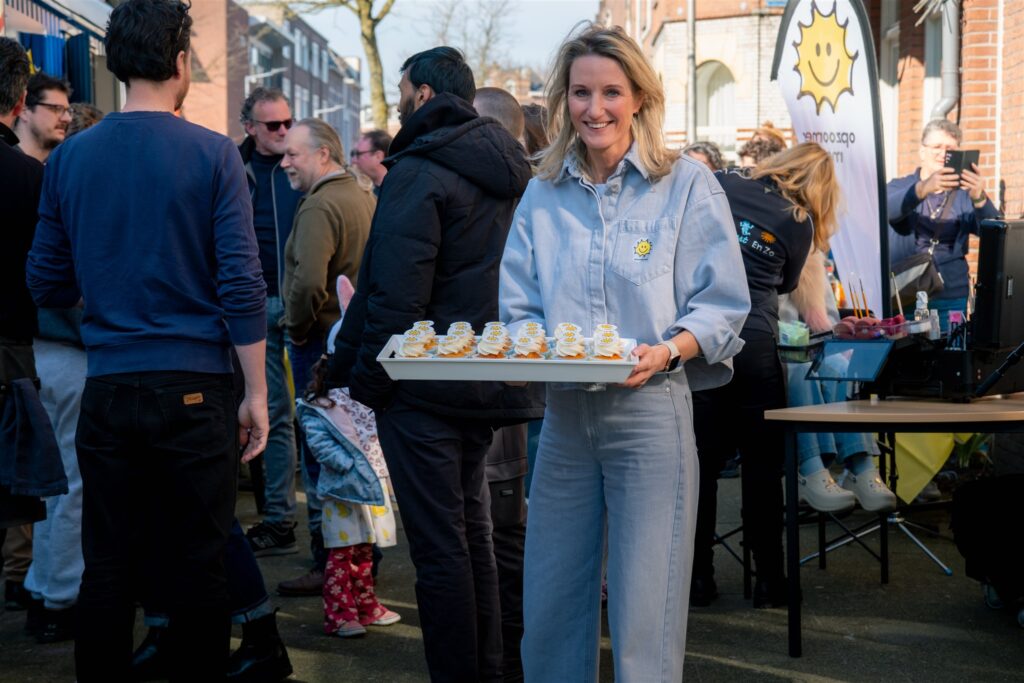Finding and retaining volunteers? This is the key to success
Hundreds of sports clubs in the Netherlands are suffering from a large and growing shortage of board members and volunteers. Several have already dissolved themselves because they simply cannot keep the club running. A worrying development, for social cohesion and for the physical and mental health of adults and especially young people.
This is a call to national sports associations, to support their associations to stop this trend. Indeed, this can be done by helping them with their processes and organisation in a smart way. You will be surprised how much automation can contribute to this and what possibilities the Salesforce platform offers for this! Possibilities that may be unattainable for individual clubs, but with which sports associations can greatly enhance their added value for clubs.
Structural volunteering unpopular
In 2003, I was asked to become president of Apeldoorn-based Robur et Velocitas, the fourth-oldest football club in the Netherlands. A tradition-rich and "distinguished" club from 1882, which not even that long before had abolished the balloting procedure for new members. But also a club facing all the challenges of the 21st century. The board had resigned after a conflict, and the club had been without one for at least six months. No one stood up. A bell should have been ringing by then... Anyway, seven of us got in optimistically at the time.
Once started, it soon became clear how difficult it is to find volunteers, especially for structural tasks. Putting together a project group to organise a tournament or make an improvement to the accommodation is still possible. As long as there is an end date attached. It becomes more difficult with more structural roles such as trainers, team leaders, referees, bar staff and even parents driving a group of children to an away game. And it becomes almost impossible when it comes to membership of a board, youth or sponsorship committee.
From structural to project-based
We have done a lot at Robur et Velocitas to make volunteering attractive. In the organisation, we rearranged many structural activities so that they could be carried out on a project basis. With a start date, a goal and an end date. We also mapped members' professions, hobbies and interests so that we could better match volunteering to what people can do and like. Once we had embedded this in the association, we found that it was easier to enthuse people.
But more is needed. In my work for TwoPurpose, I see the Salesforce platform developing functionality year after year that supports member and volunteer organisations. In our projects for organisations like Scouting Netherlands, the Fietsersbond and COC, we apply this to great satisfaction. The key word here is the "experience" of volunteers as a means of recruiting, retaining and motivating them.
Volunteer perception
For a customer in the shop, a donor to a charity or a member of a club, the experience is essential. It determines your sense of "being at home", your enjoyment and your motivation. The same is certainly true for volunteers. Working together with like-minded people, getting appreciation for what you do and the feeling that you make a difference, that's what you do it for! There is a role for national sports associations to centrally support their associations throughout the "journey" a volunteer makes. That journey has a number of stages:
- Recruitment - The world around your association needs to know that you are looking for volunteers. This can be done through the website, social media, organised in campaigns in Salesforce. Centrally organised and accessible to every member club. A smooth registration process with as little manual work as possible is a good conclusion to recruitment.
- Selection - Yes, this is also important in many cases. The volunteer sought may need to have certain qualifications; think of a VOG or a social hygiene certificate. The sports association can centrally and automatically support the interaction between the association and the candidate volunteer, including the registration for training and courses.
- Onboarding - For a new volunteer, a smooth induction period is important. Communication, access to documents, interaction with other volunteers can be set up with an online community, in which each association has its own space.
- Management - Another one: how nice would it be to provide a centralised membership administration platform to put an end to all those treasurers fiddling with Excel sheets? Maybe even centralised collection of dues? Or an app to schedule volunteers and book rooms and other supplies for tournaments, sports camps, etc.? For example, the KNLTB offers an app that allows members of tennis clubs to book courts and schedule matches with others. The volunteers are relieved and the process runs more smoothly.
- Development - Volunteering is a matter of supply and demand. Associations need to get to know their members (read: potential volunteers) much better. Register volunteers' profession, hobbies and interests, as well as what tasks they have done before and what they thought of them. This will enable you to offer activities that suit them and energise them. Moreover, this allows you to discover and fill gaps, either through recruitment, or by offering a course or training. The aforementioned community can also play an important role in development. Think of an FAQ facility and self-service. One association's questions and challenges are likely to be similar to those of many others.
- Ambassador - The volunteer who is supported in this way is more happy to be active for the club. If they then also get regular insight into the results of the work via reports and dashboards, the volunteer becomes an ambassador who enthuses others to also become active for the club.
Don't wait
Perception is subject to the zeitgeist. The expectations of a volunteer anno 2025 are different from 20, 50 or 100 years ago. Digital, online and social now play an important role in this. If sports associations, supported by their federations, can offer this, they become more attractive to volunteers. And it can all be done. With the Salesforce platform and applications like FinDock and GoMeddo. Recently, at Scouting Netherlands - with 30,000 volunteers - we were able to implement quite a bit of the journey described above.
I haven't played football for 15 years. Now I am an enthusiastic tennis player. At my tennis club, I see the same problems as 20 years ago at Robur et Velocitas. The dependence on a small number of older people for essential and structural voluntary work is high. I hold my heart for the moment they drop out. I suggest we don't wait too long.
Sign up!
On 21 May, TwoPurpose is organising the AI for Non-Profits event. Sign up here to via.












